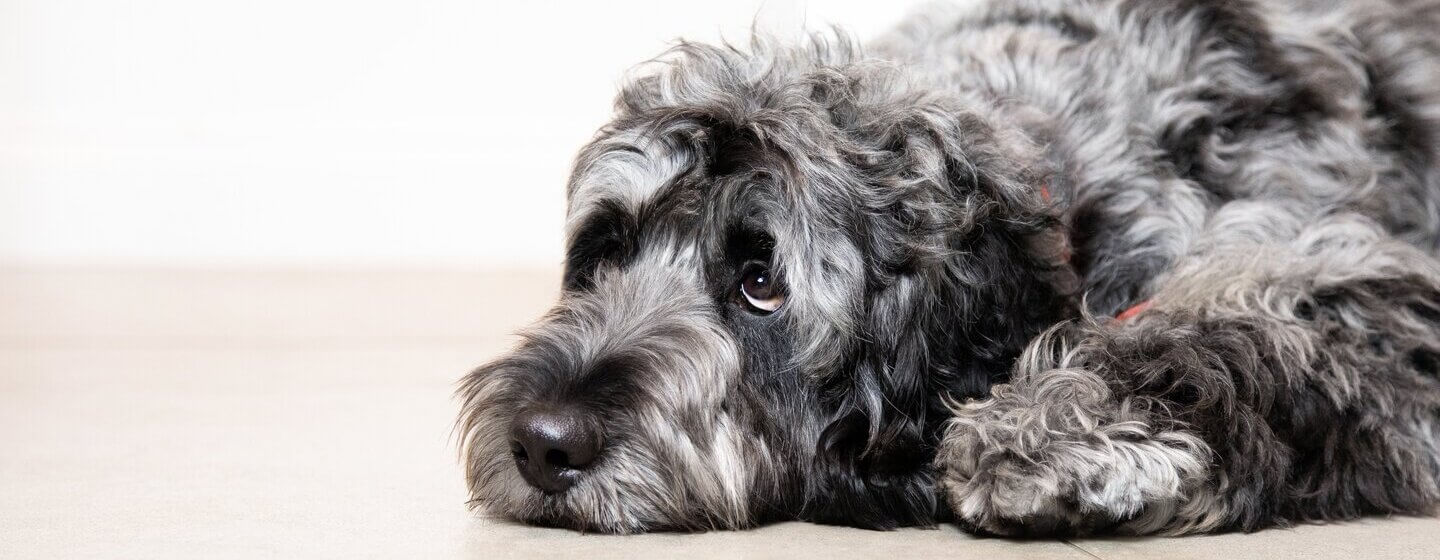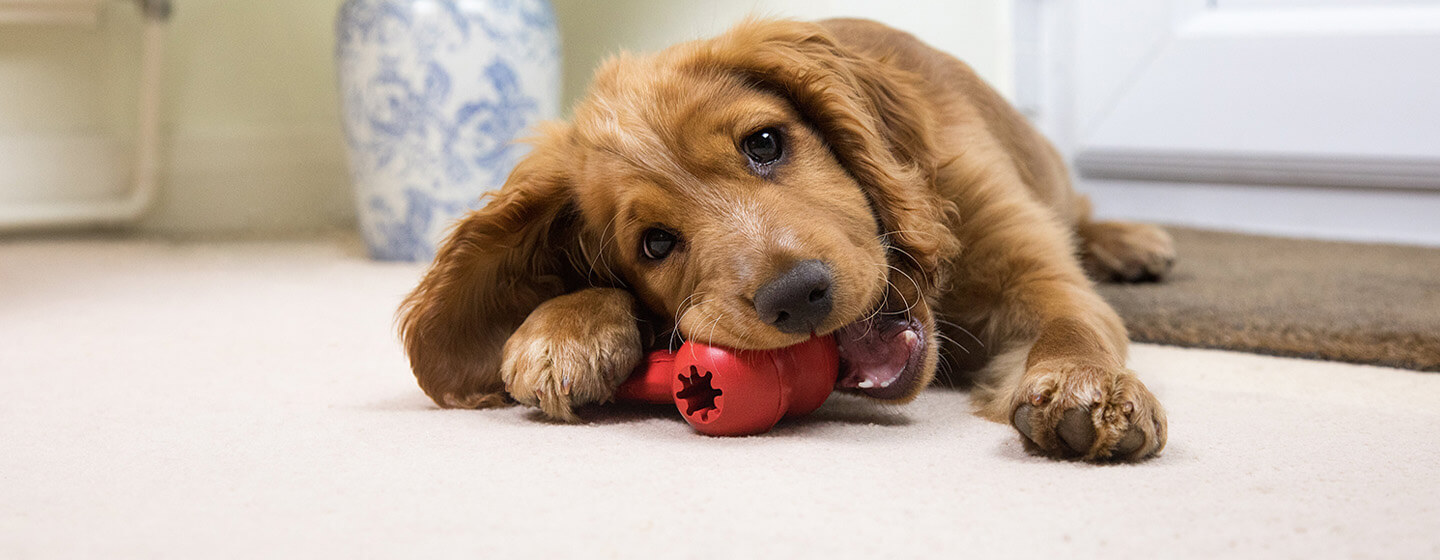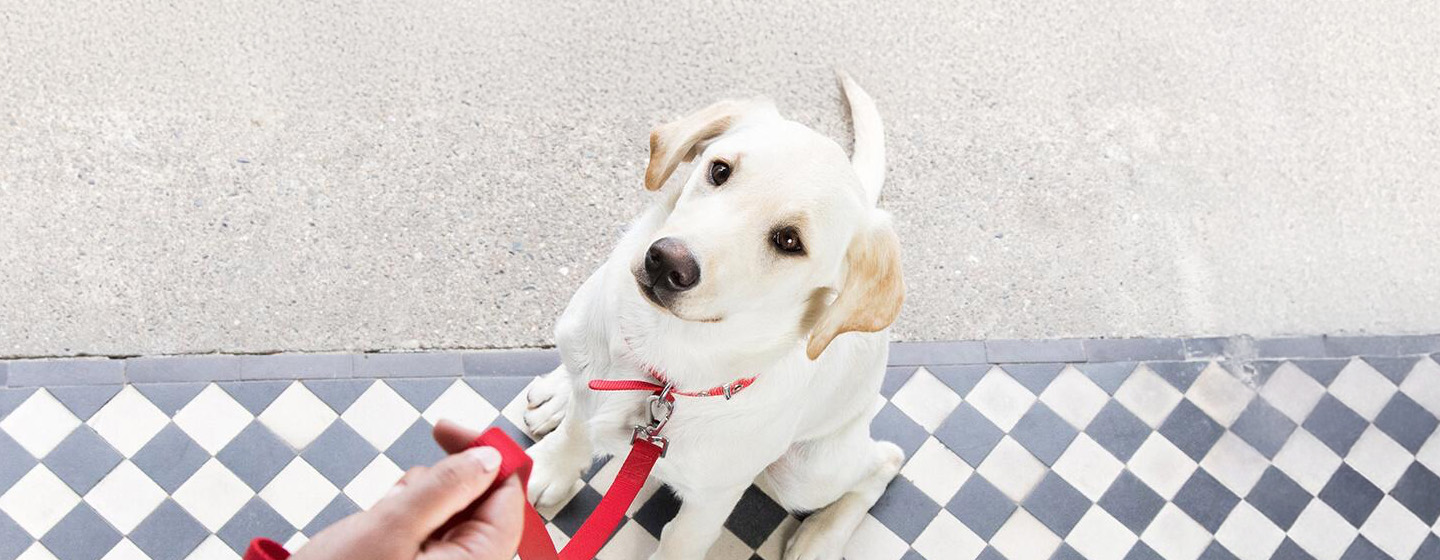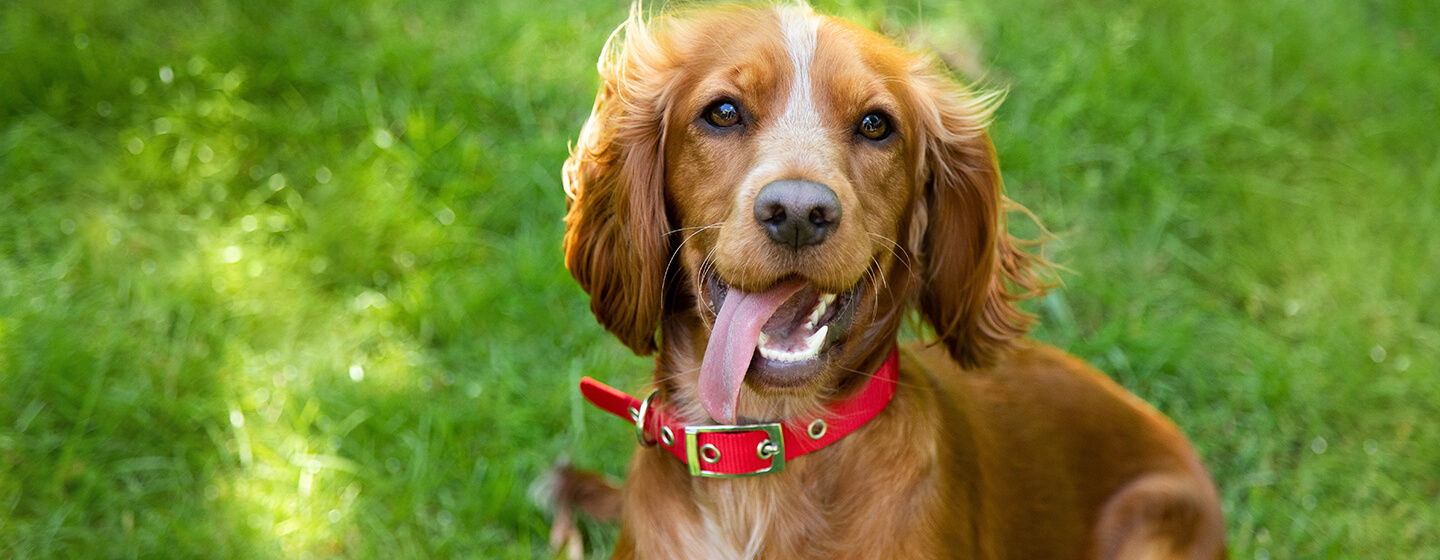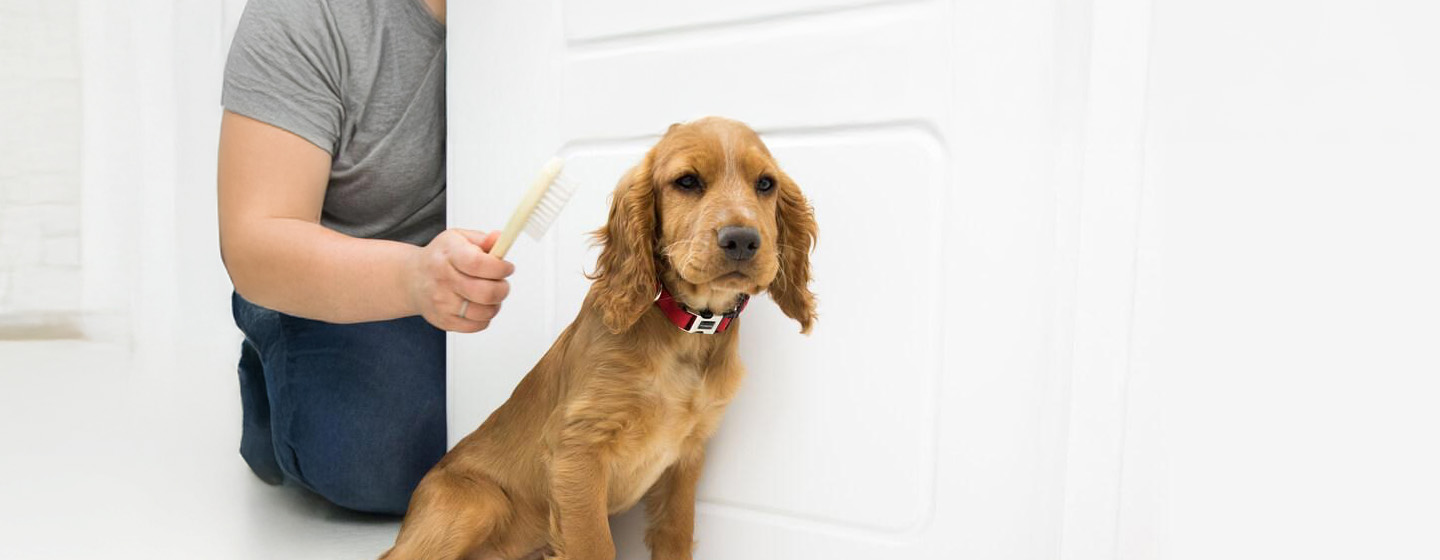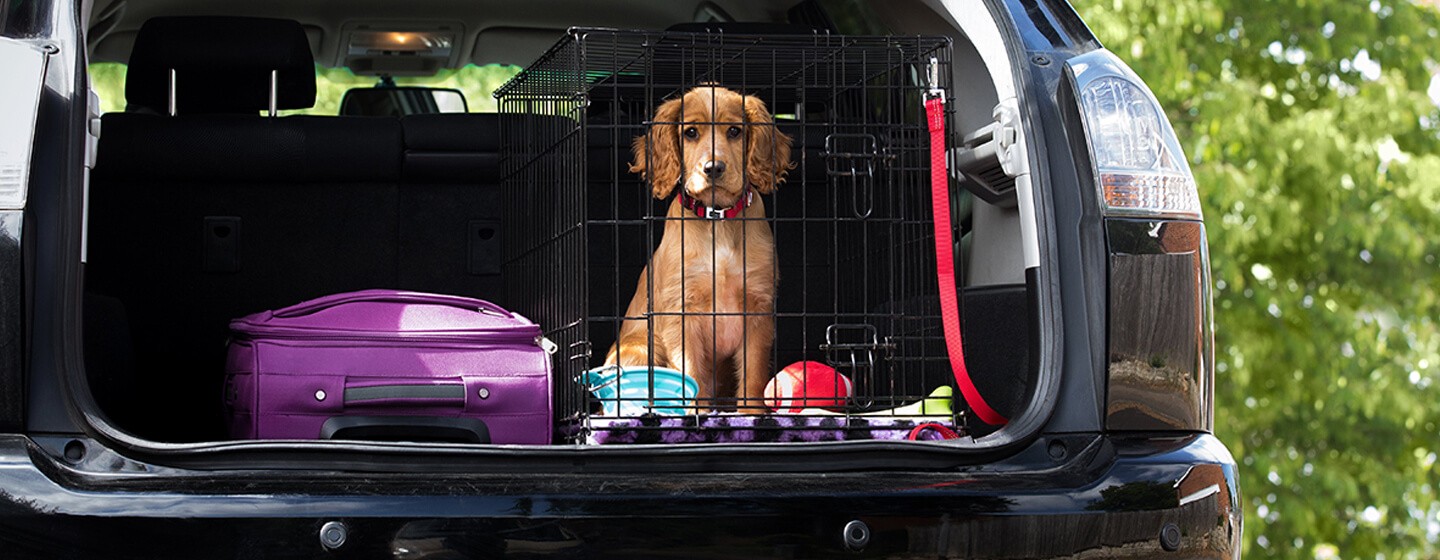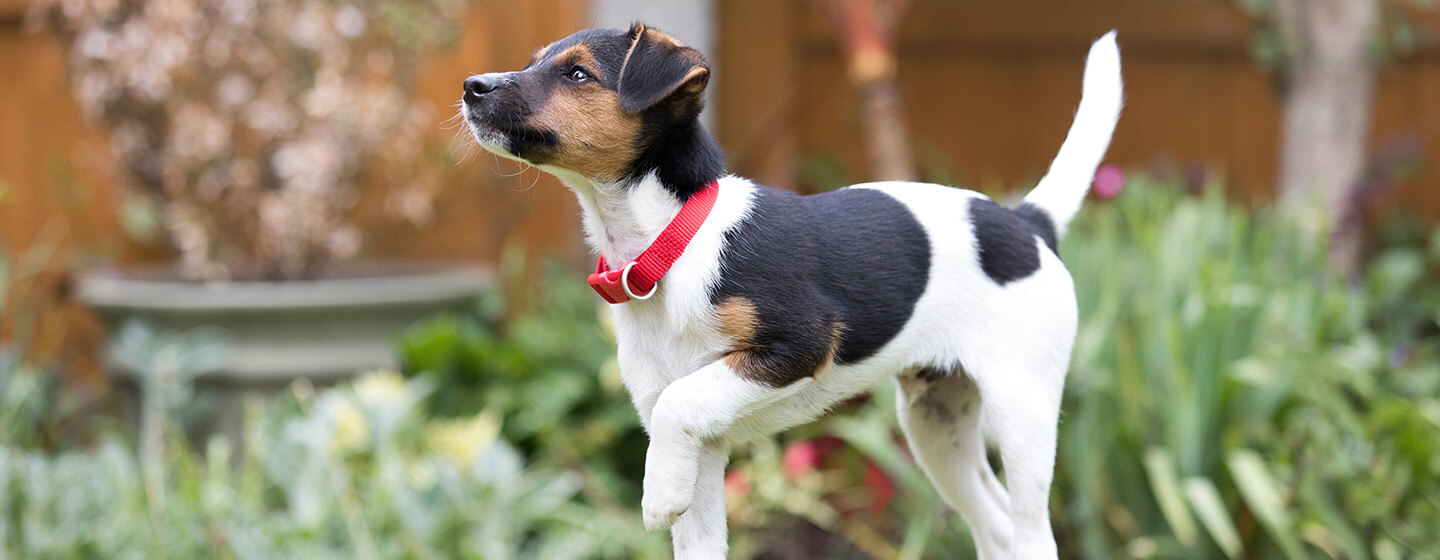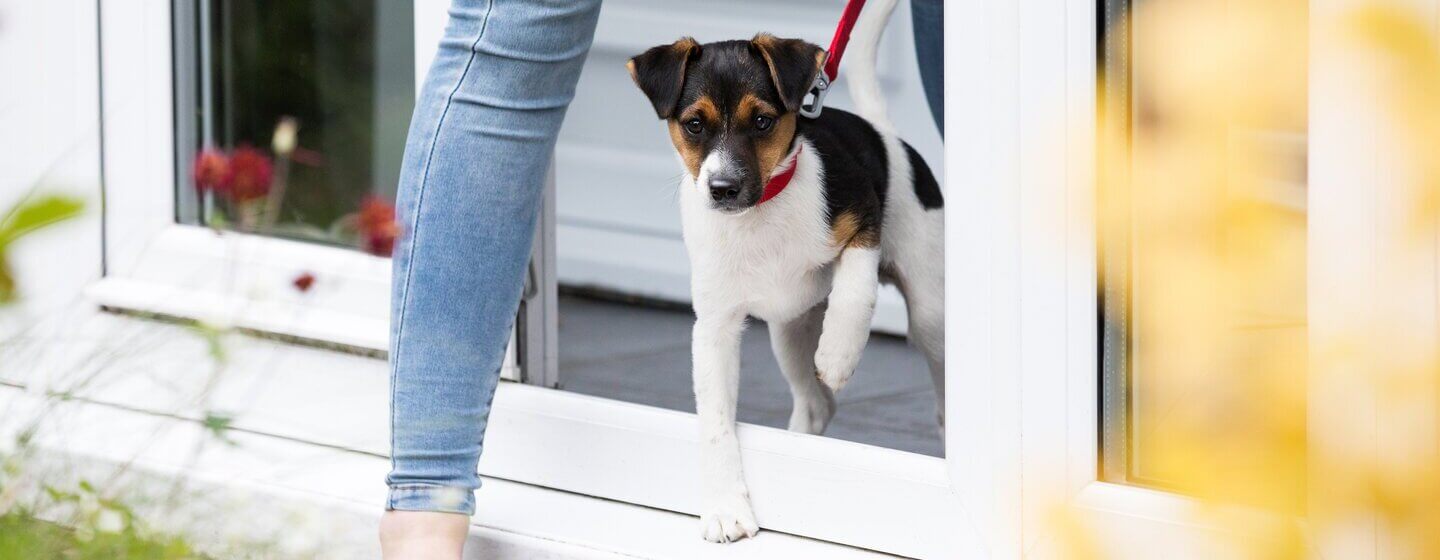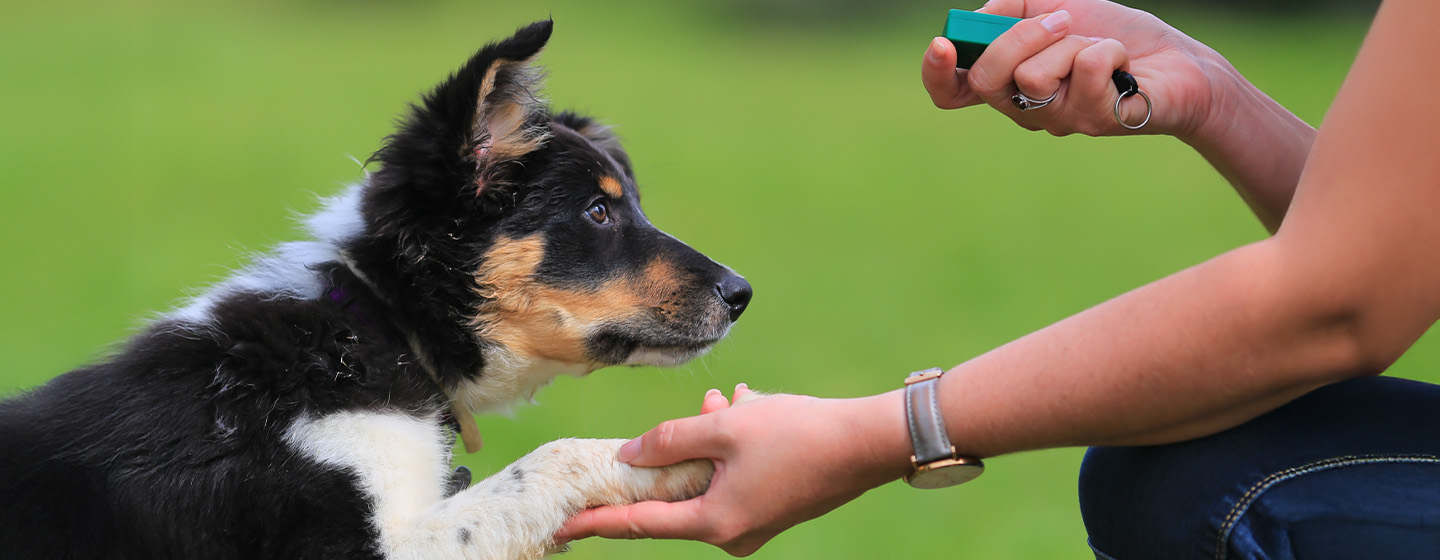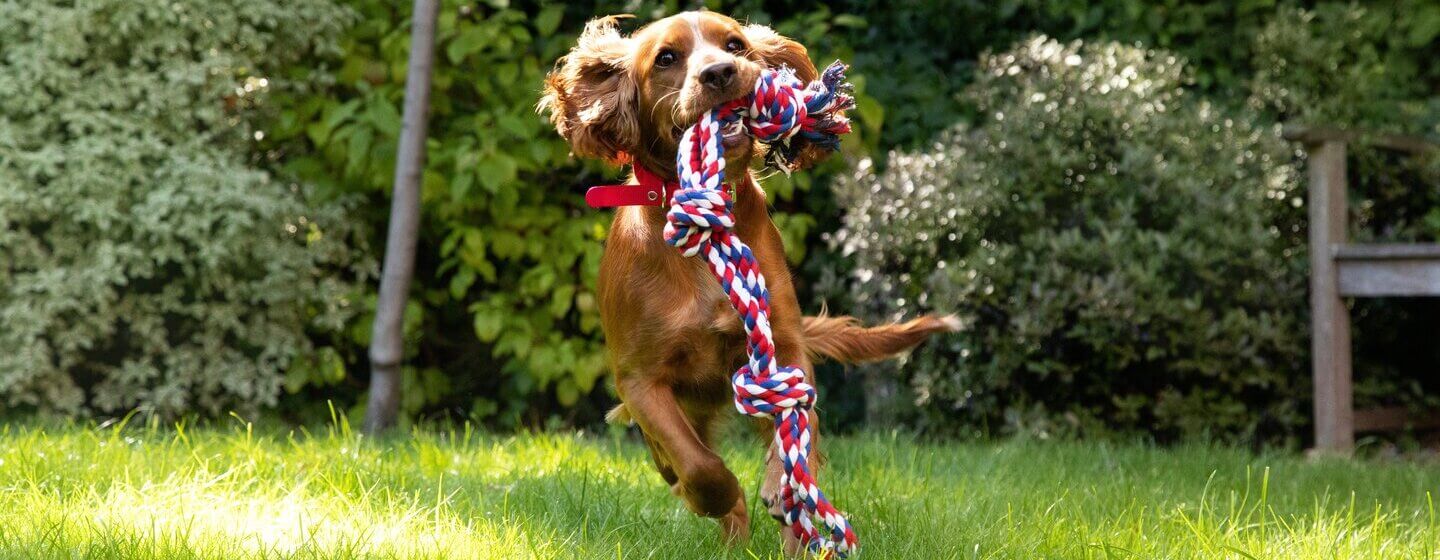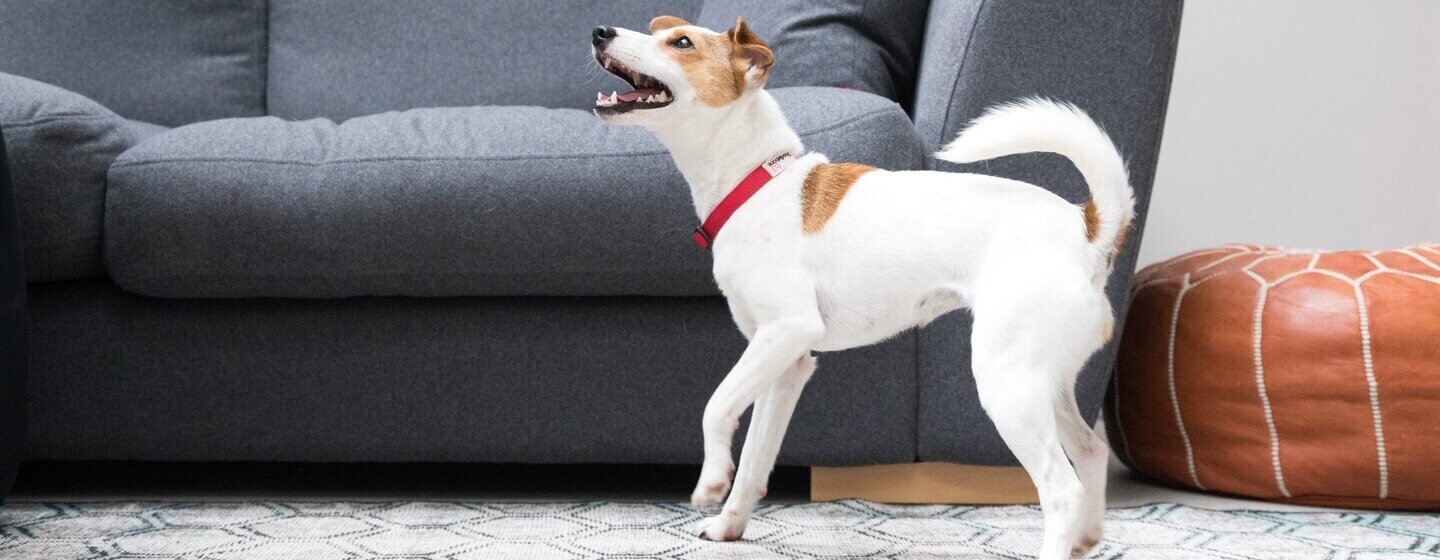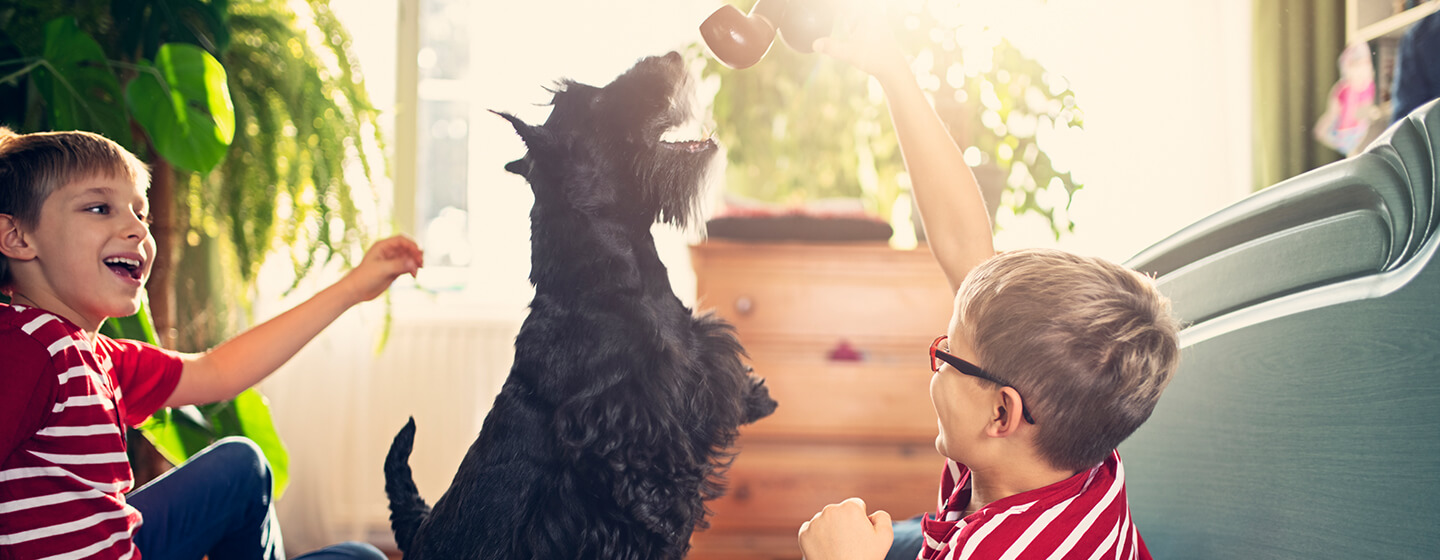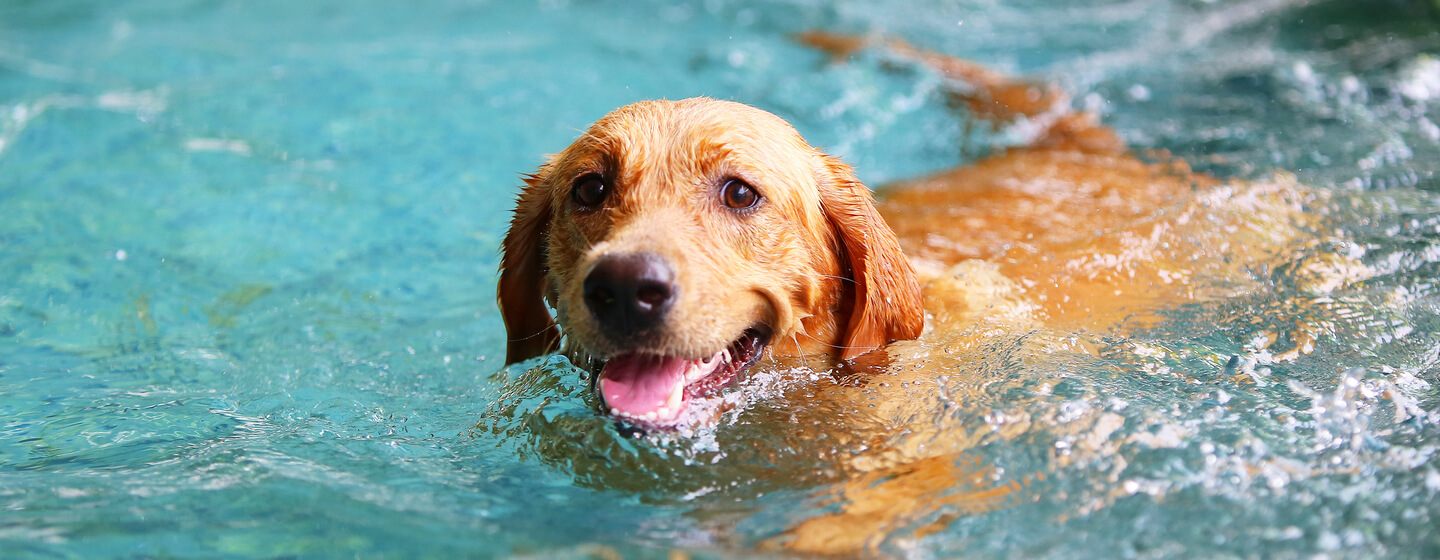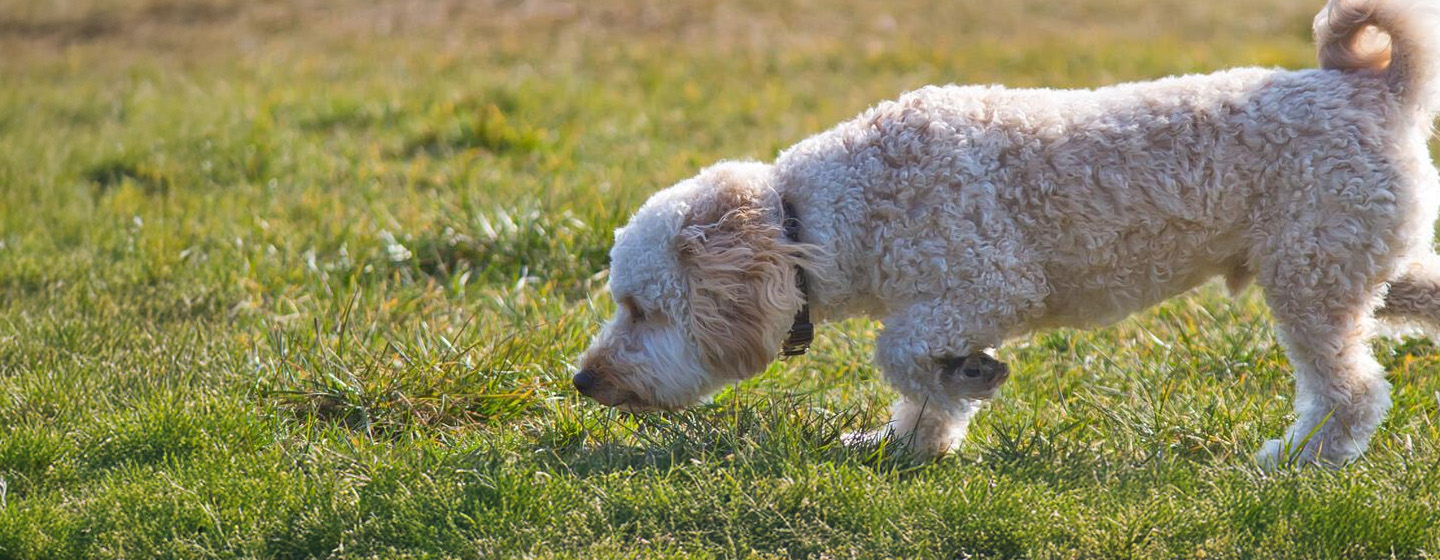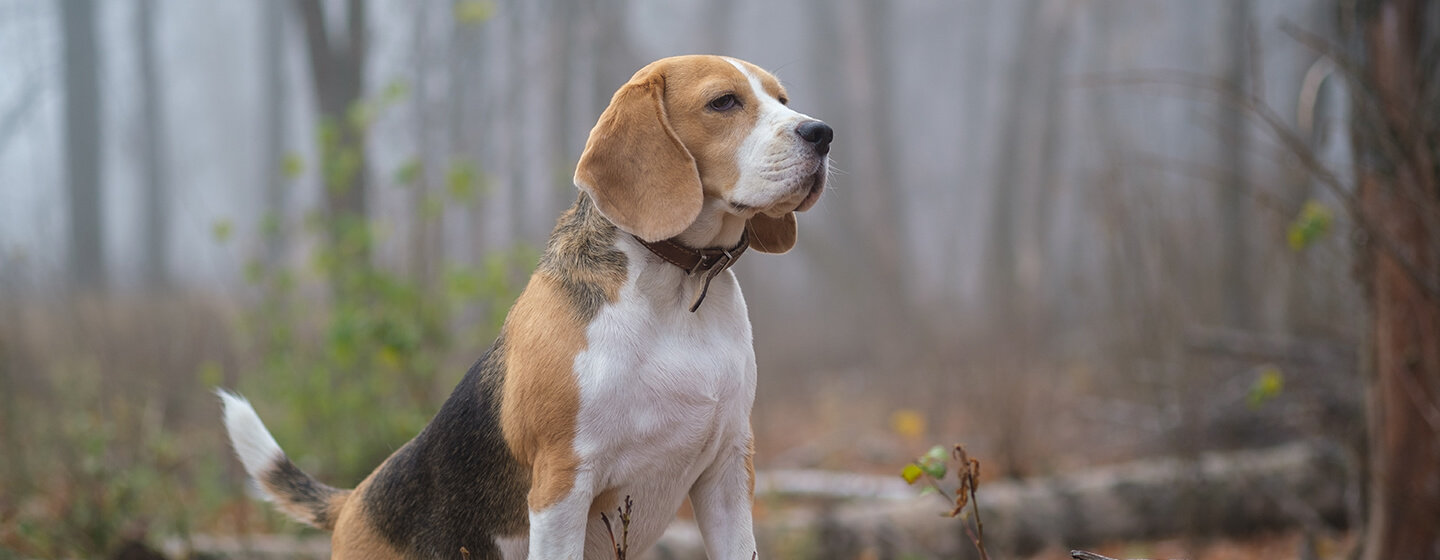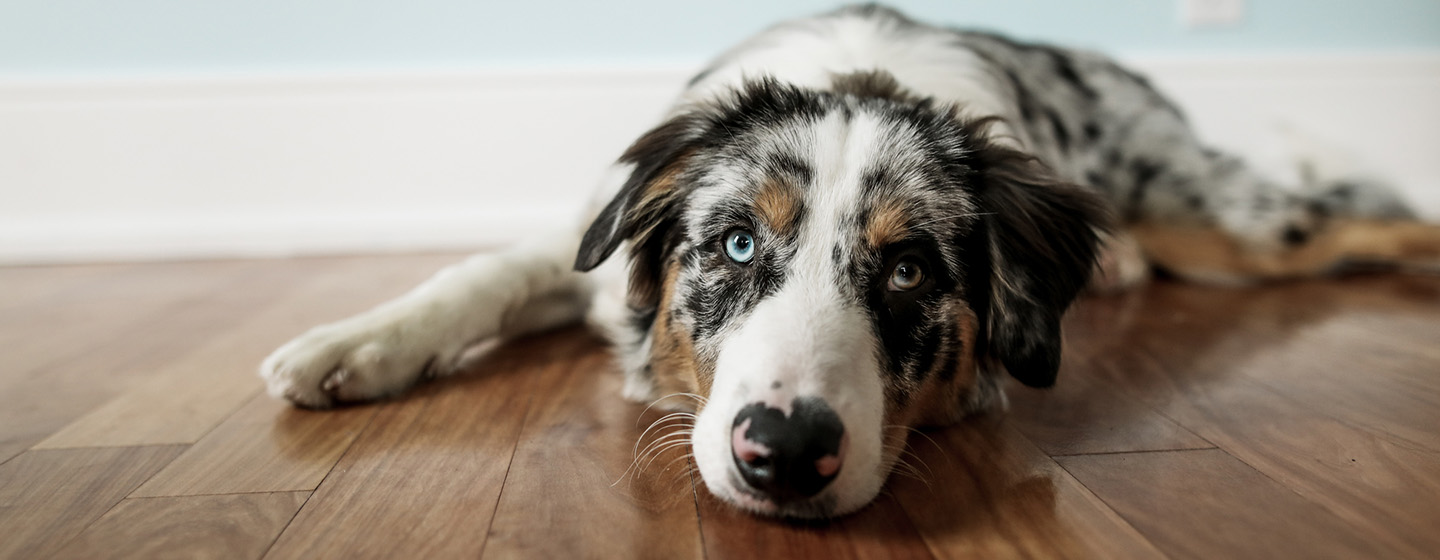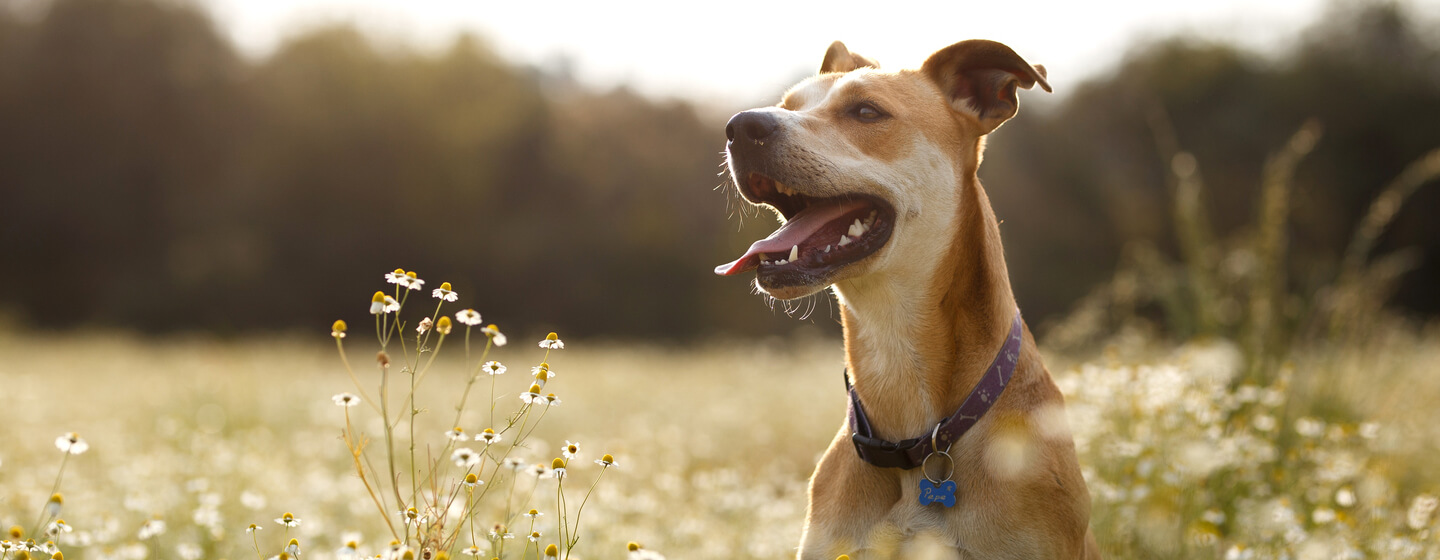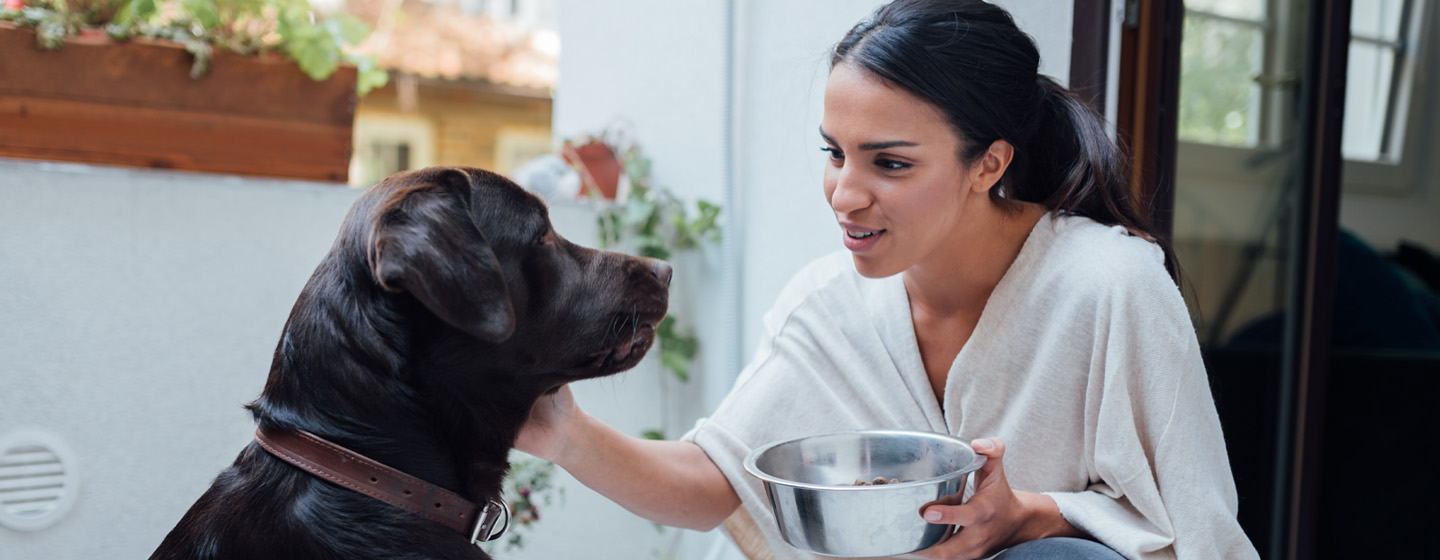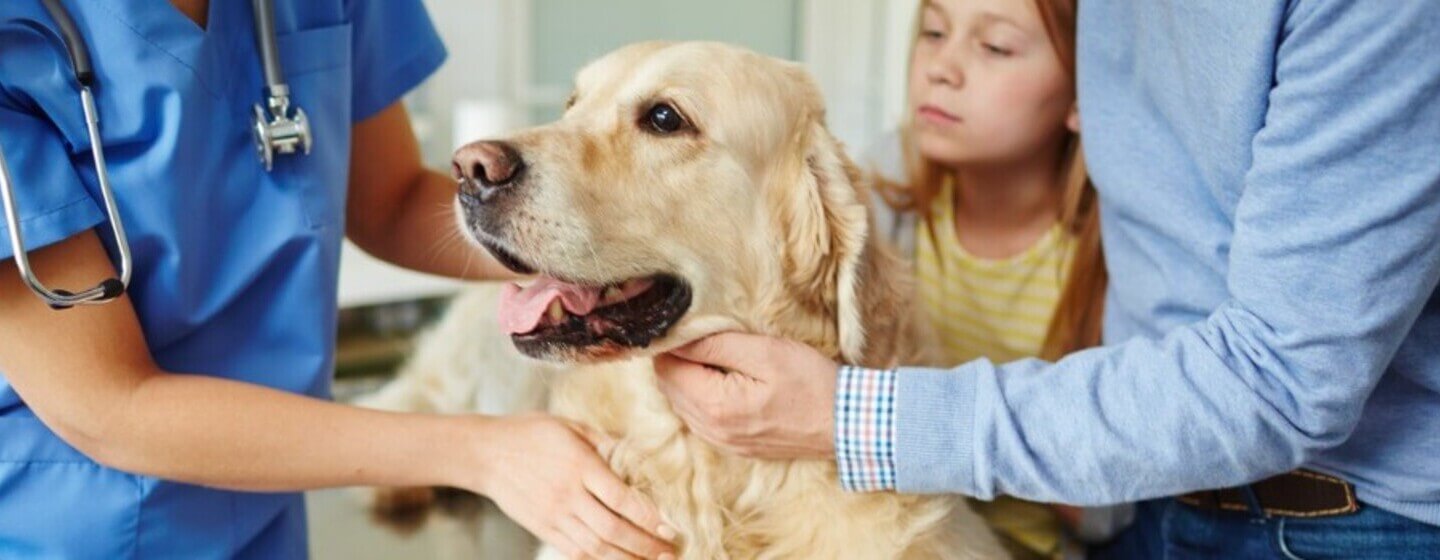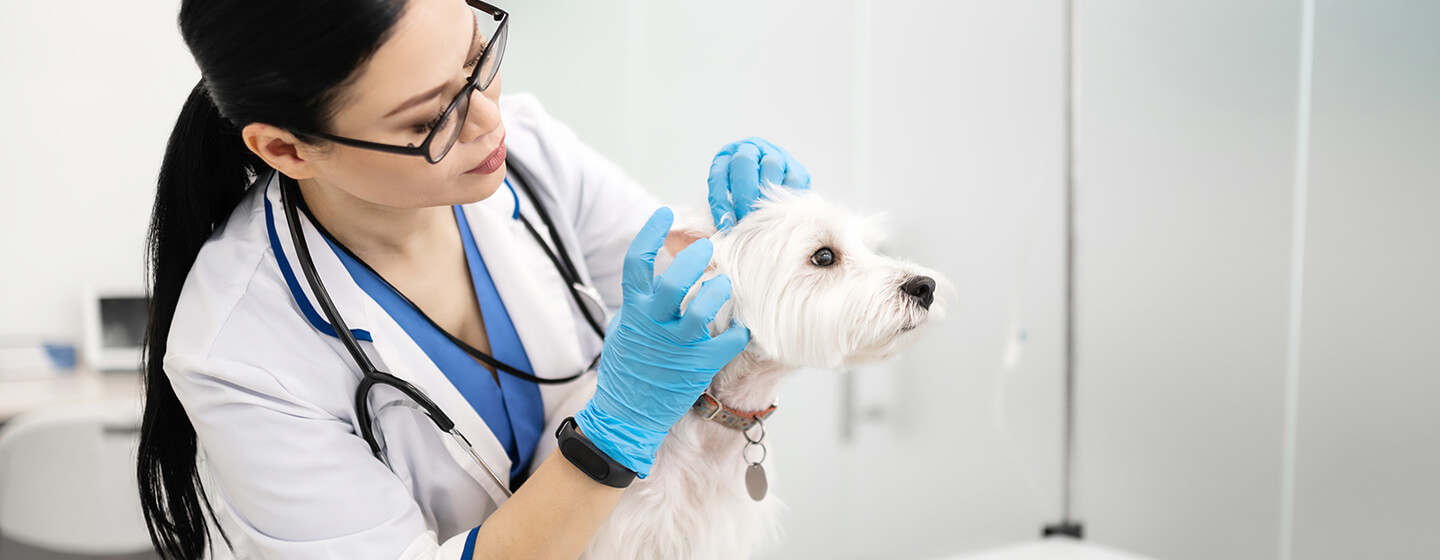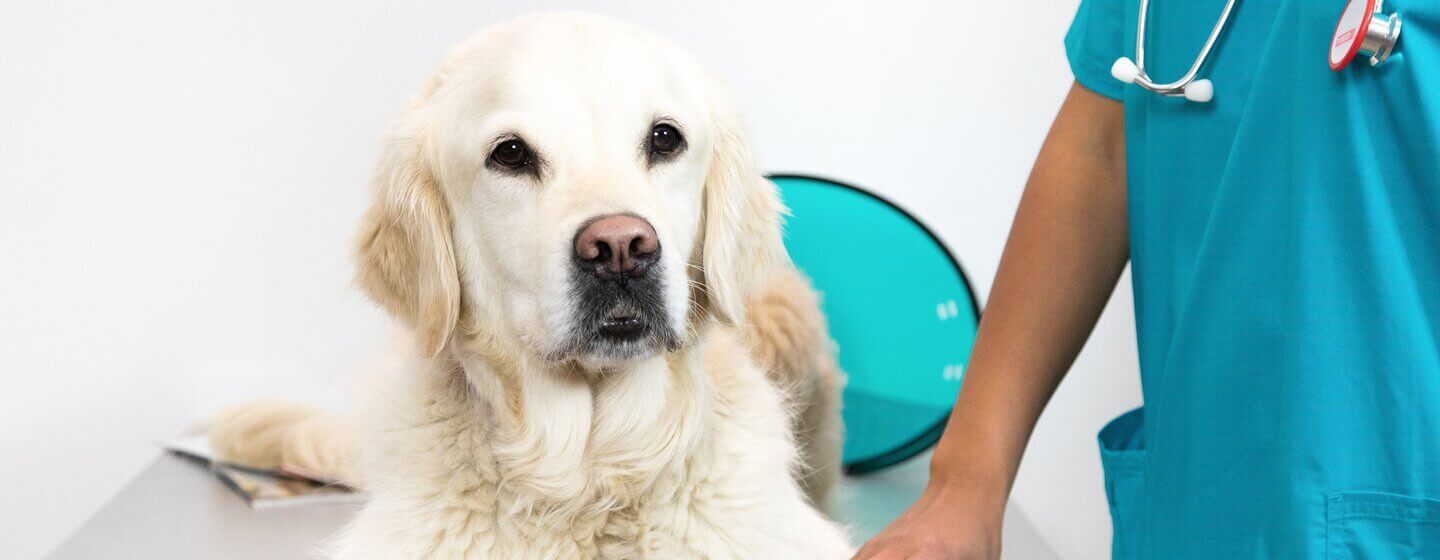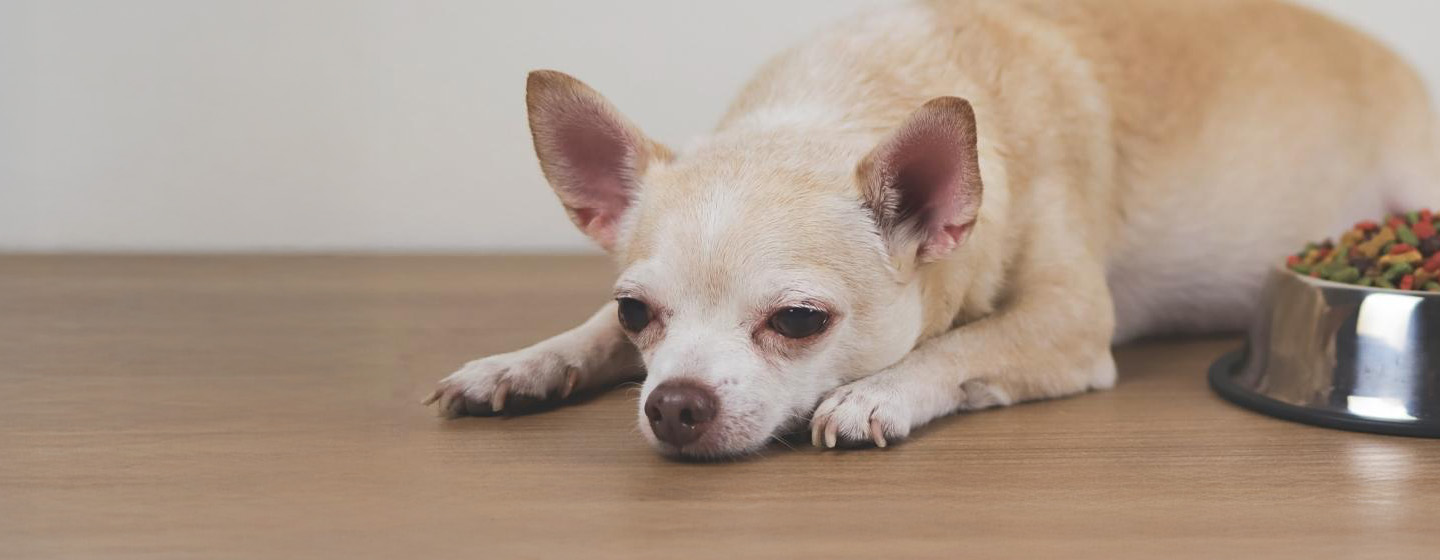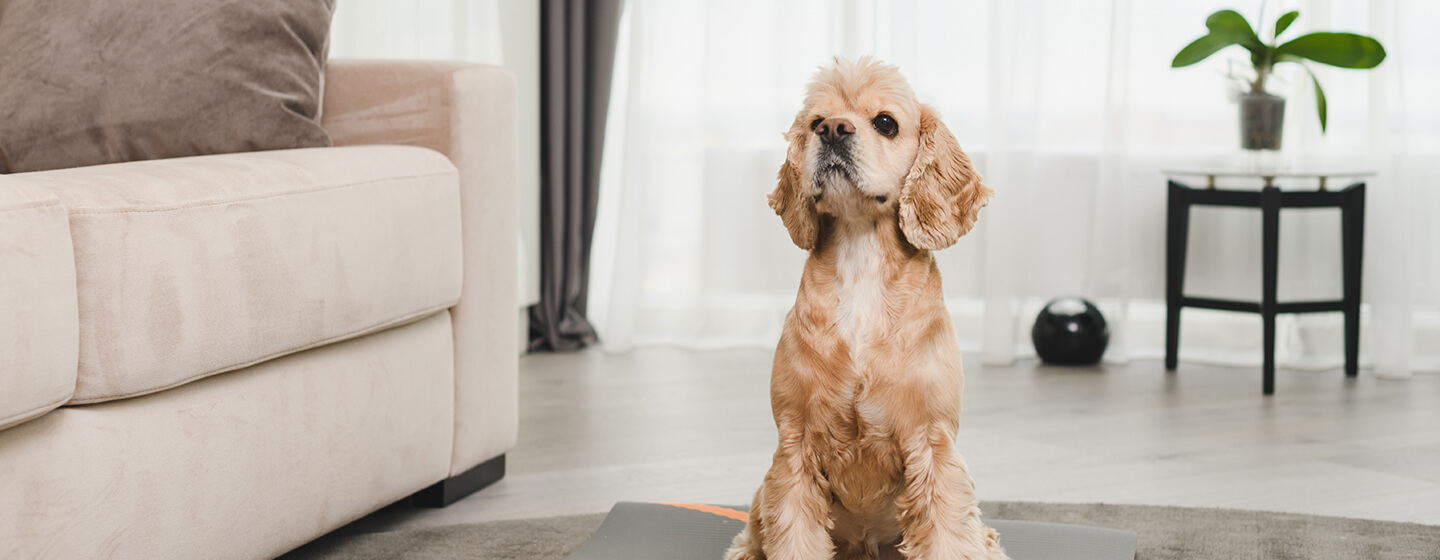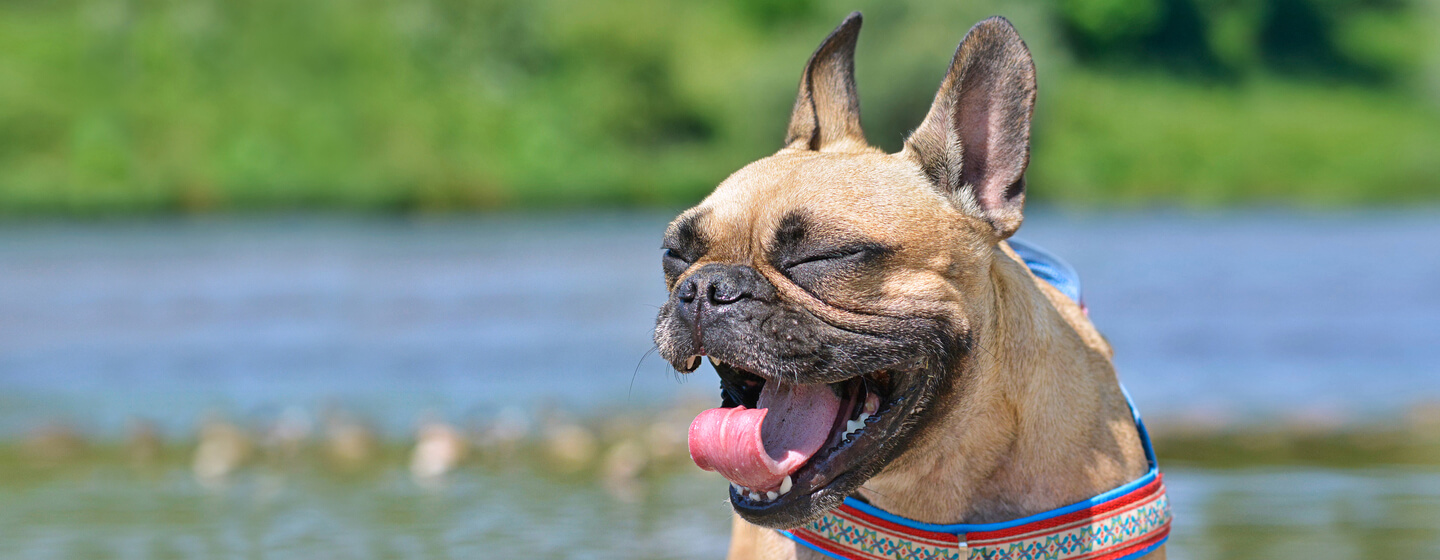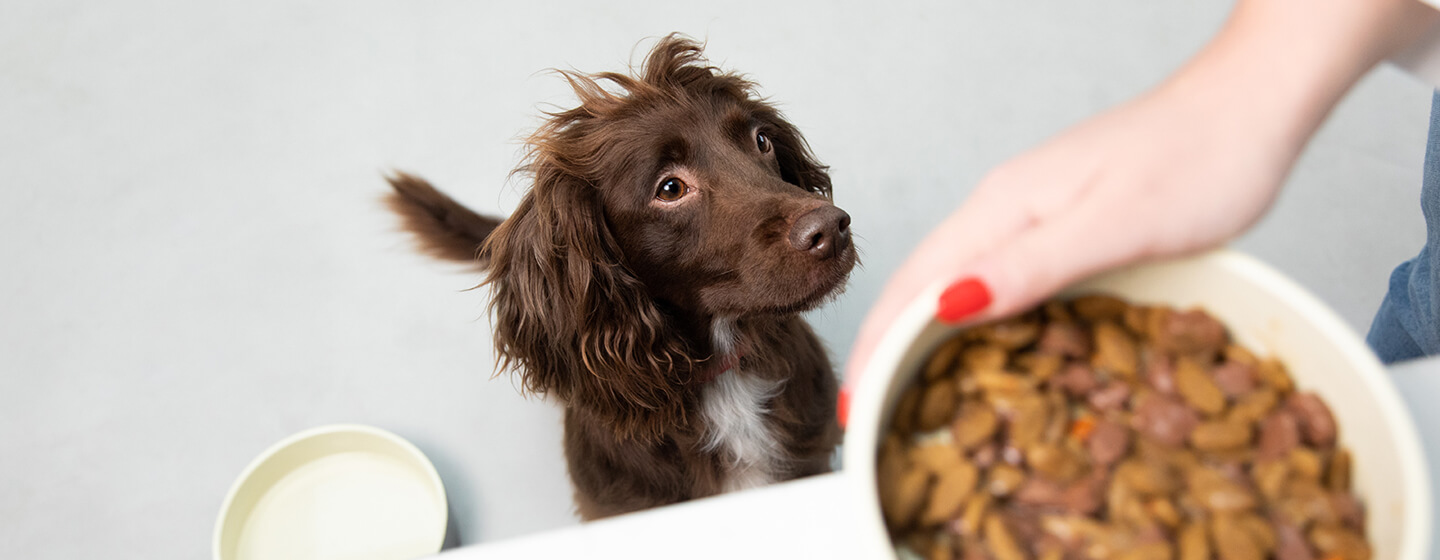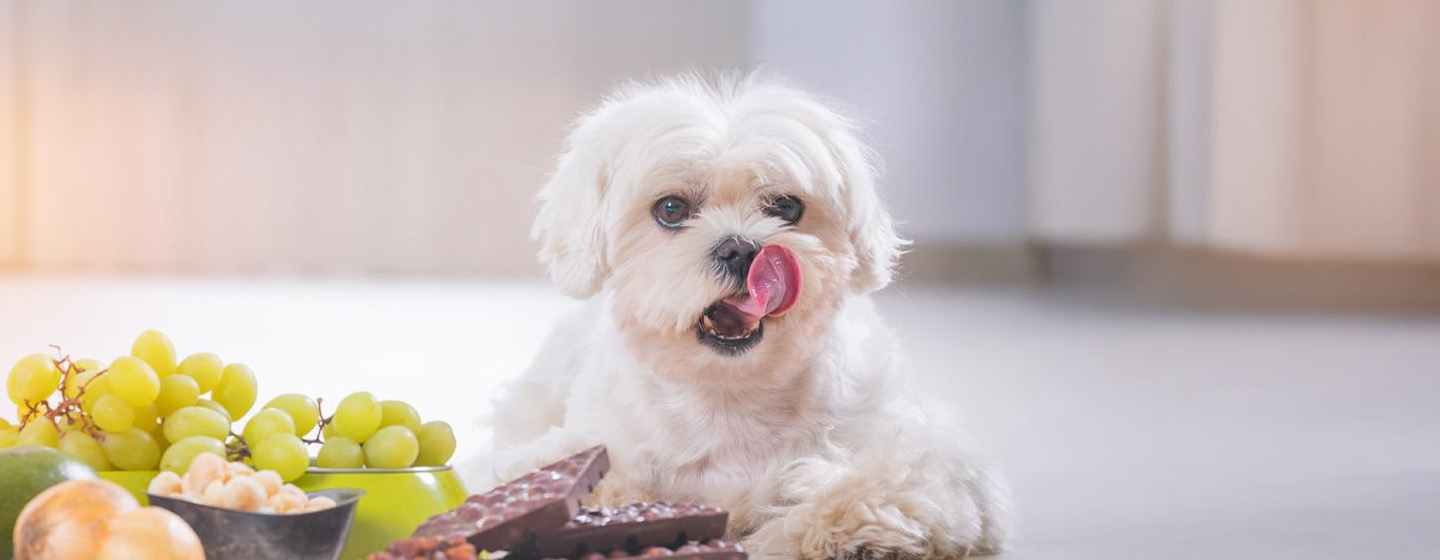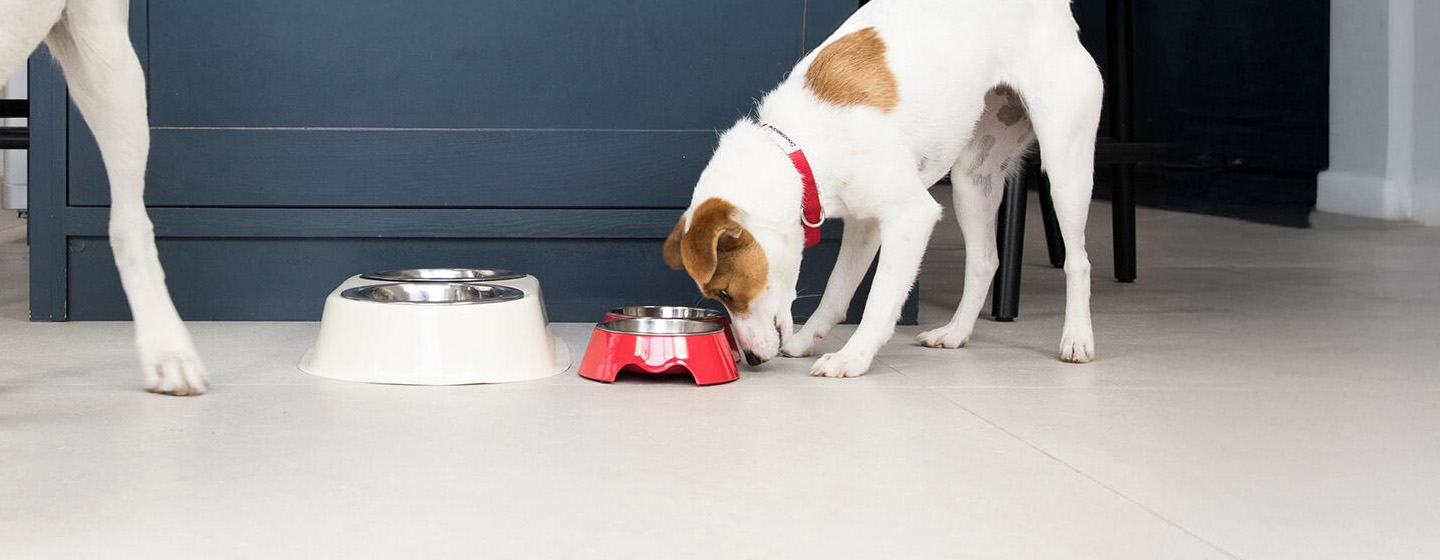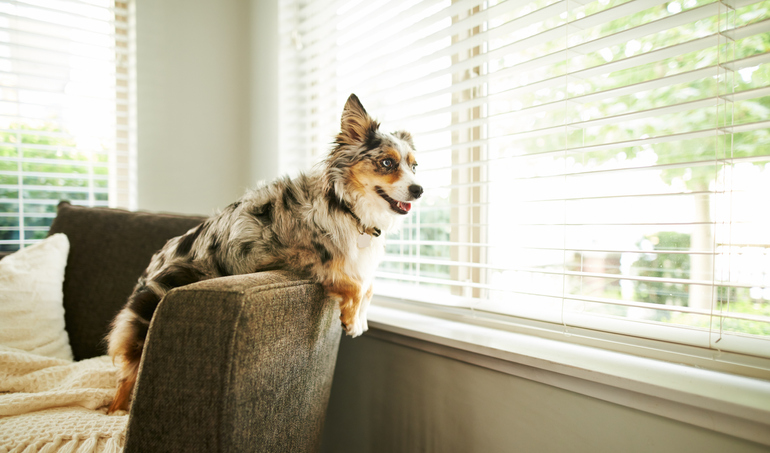
Have a Question About Your Dog?
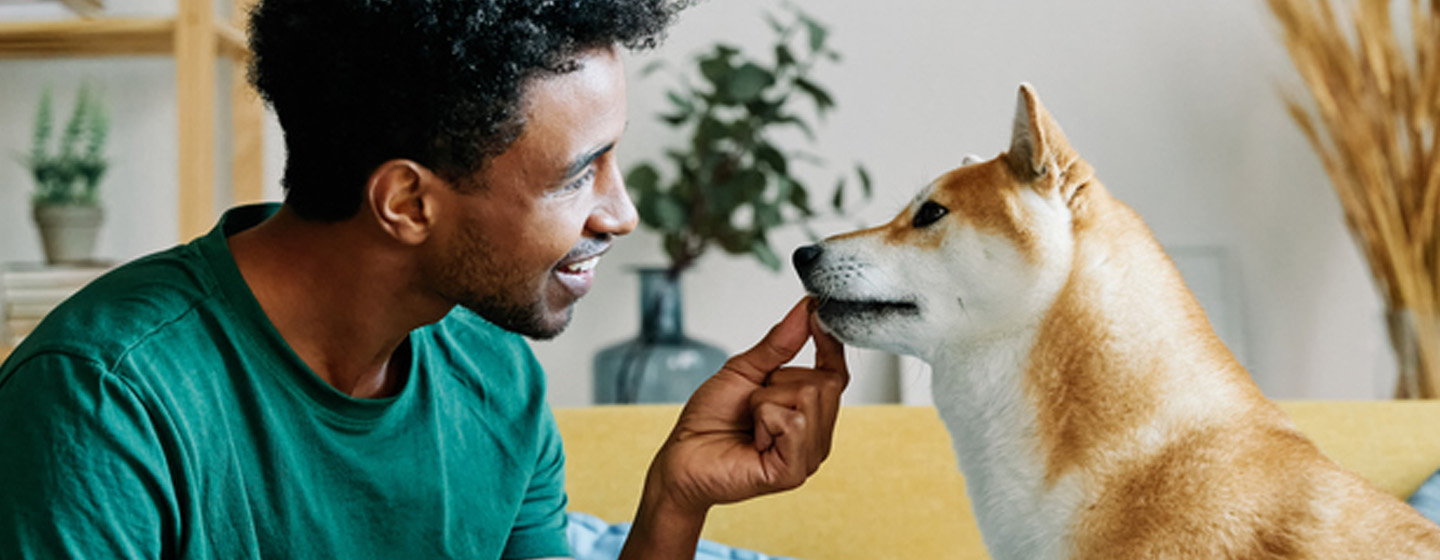
Feeding & Nutrition
Health
Can Dogs Eat Bread?
As humans, we eat a lot of bread on a daily basis, but can our dogs eat bread too? Find out all you need to know on whether bread is good for dogs and the types to avoid with our guide.
Bread is a staple to the human diet, with most of us consuming it in some regard on a daily basis. Whether it’s toast for breakfast, sandwiches for lunch or a big slice of crusty bread to go alongside a stew or soup for dinner, it’s safe to say as a species we eat a lot of bread!
As a nation of dog lovers, we love to share everything with our dogs and when they’re giving us their best puppy dog eyes as we tuck into our food, it begs the question: can dogs eat bread? We’ve put together this guide to tell you everything you need to know from is bread good for dogs to the types to avoid.
Can dogs eat bread?
Yes and no. Dogs can eat small amounts of plain white or brown bread, but it should be only given as the very occasional treat. There are some types which may be toxic to your pup and will contain added extras such as nuts – macadamia nuts are toxic and all nuts are high in fat, which isn’t good for dogs. Plus, breads with chocolate chips, raisins, onions, garlic and some dessert bread may also contain xylitol, so always be sure to double-check the ingredients first.
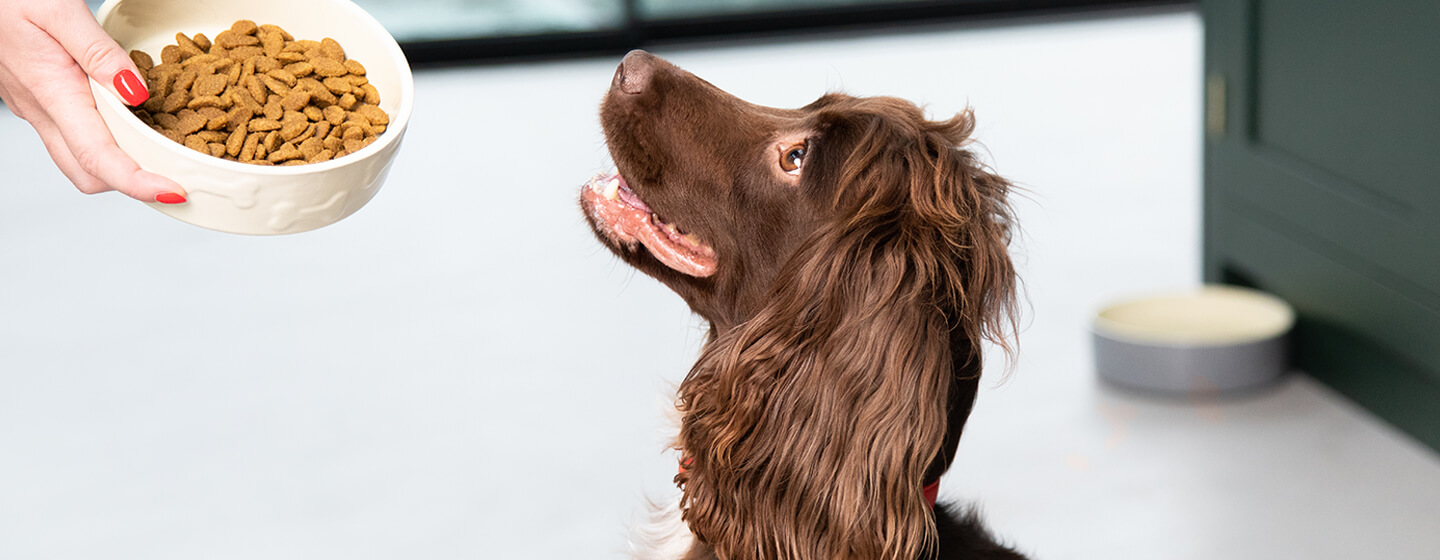
Feeding & Nutrition
Dog Nutrition for a Balanced Diet
To keep them healthy, happy and active for as long as possible, your dog's diet needs the right balance of six major nutrient groups: protein, fats/oils, vitamins, minerals, carbohydrates and water.
Did you know that the nutritional requirements for dogs include 37 different essential nutrients through food alone?
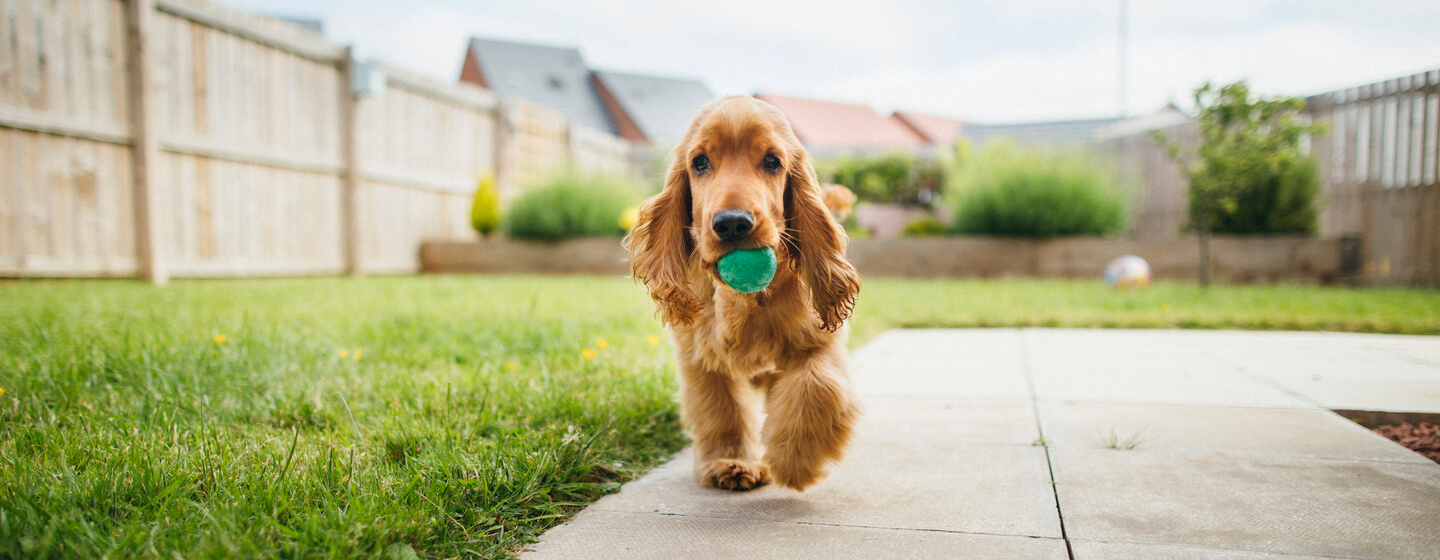
Behaviour & Training
Outdoor Dog Games
Thinking of new and exciting games to play with your pooch can be difficult, especially if you’ve exhausted the thrills of ‘hide and seek,’ and want to play a more exciting game than ‘fetch.’
With our list of outdoor dog games, you can be more adventurous at playtime and enjoy the great outdoors come rain or shine!
1. Teach your dog to catch a Frisbee
Playing flying disc, or Frisbee, is a great alternative to throwing a stick or a ball and it’s an excellent form of exercise too! If your dog is already good at catching toys and bringing them back to you, they’ll be quick at learning how to play with a Frisbee and the game will be even more fun for the both of you.
All you need to get started is a Frisbee and the great outdoors! Begin your game by throwing the Frisbee lightly, and once your dog has gotten used to catching and retrieving you can start to increase the height and the distance of each throw.
This outdoor dog game is great if you’re short on time and aren’t able to go on a long daily walk. The quick bursts of energy spent running to catch the Frisbee and bringing it back will tire your enthusiastic dog out in no time!
Puppy Care
Behaviour & Training
Health
Feeding & Nutrition
